Michigan Rear End Accident Lawyers
Home » Michigan Car Accident Lawyer » Michigan Rear End Accident Lawyers
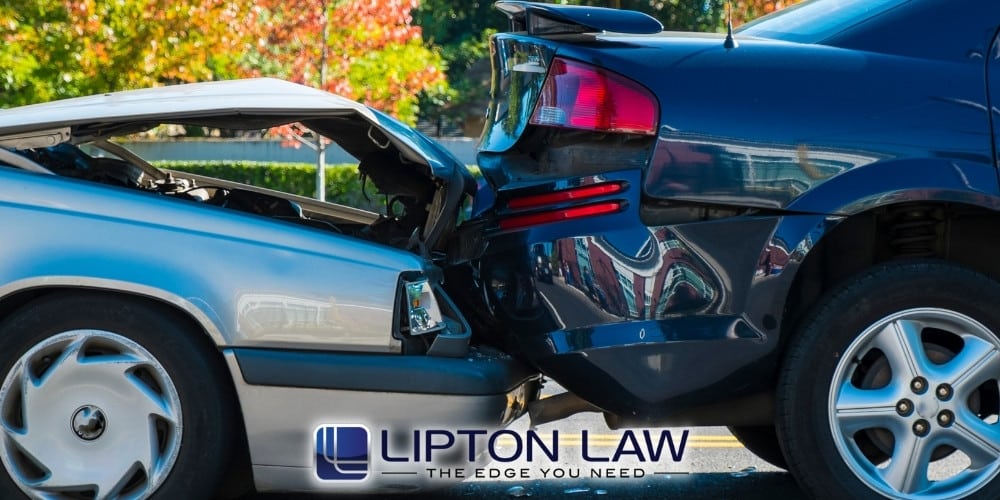
One of the most common types of car accidents is the rear-end accident. Otherwise known as fender benders, rear-end collisions account for nearly 30% of all traffic accidents resulting in injuries. Additionally, around 7% of traffic accident fatalities occur as a result of rear-end car accidents. While many of these collisions only result in minor injuries, they still have the potential to cause lifelong complications and even wrongful death.
If you were injured in a rear-end car accident, the personal injury lawyers at Lipton Law are here for you. Our Southfield car accident lawyers have extensive experience handling a wide variety of car accident cases, including distracted driving accidents, T-bone accidents, drunk driving accidents, and many others. To schedule your free consultation with a Lipton Law car accident lawyer, please call our Southfield law office at 248-557-1688 today.
What Is a Rear-End Collision?
Rear-end collisions occur when the front end of one car strikes the rear end of another car. They are among the most common of all car accident types. Many causes exist for a rear-end crash, from brake checking to distracted driving. However, the most common root cause remains the same – negligence.
While some rear-end collisions result in severe injuries, others result in little more than a sore neck. However, the property damage to your vehicle alone can affect your personal finances and your ability to drive to work and other places. When this happens, you deserve compensation for the financial losses you have suffered. This is where a car accident lawsuit comes into play.
What Happens in a Rear-End Accident?
During this type of car accident, the lead vehicle is struck from behind by the rear vehicle. The severity of the crash and the injuries suffered by both the lead driver and the rear driver depend largely on the speed of each car. Other important factors include vehicle types and conditions of the road when the collision occurred. A rear-end crash can occur in a number of ways, including the following.
- The lead vehicle was completely stopped when the rear vehicle crashed into them.
- Both cars were in motion at the time of the collision, but the rear driver was moving faster than the lead driver.
- The lead driver was stopped when the rear driver slowly rolled their car into the front vehicle.
Importantly, two of these scenarios are far more deadly than the other one. These impacts can result in serious injuries and even fatal injuries in the worst-case scenario.
What Causes Most Rear-End Collisions?
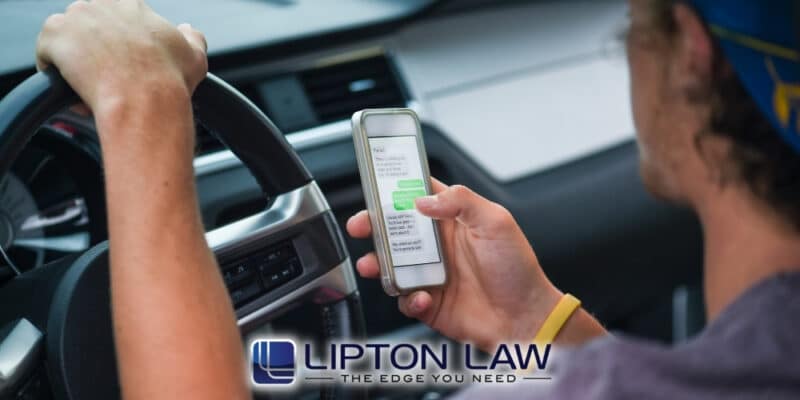
According to data from the National Highway Traffic Safety Administration (NHTSA), the vast majority of rear-end collisions occur when the lead vehicle is completely stationary or moving very slowly. Additionally, many of these crashes occur because the at-fault driver was following too closely to the vehicle in front. Other causes of many rear-end accidents include the following.
- In many cases, the rear driver fails to react to the stopped or slowed front vehicle. This could be a result of distractions or negligence.
- If a negligent driver uses their cell phone while driving, eats while driving, talks with passengers while driving, or drives while fatigued, this increases the risk of an accident.
- According to one study, most rear-end auto accidents occur during the day on straight roads unaffected by weather conditions. While poor weather conditions can increase the chances of an accident, driver distraction is a much more prevalent cause in the case of a rear-end collision.
- Another cause of these collisions is brake checking. Brake checking occurs when the front drivers brake suddenly in an attempt to get the other driver to back off.
- Even a broken brake light can cause a rear-end car accident. If the front car’s brake lights are out and they start braking suddenly, the rear driver might take too long to realize that they need to hit their brakes.
What Happens to Your Body in a Rear End Collision?
When your vehicle is rear-ended, the body can suffer serious trauma. Many people do not expect these accidents and therefore don’t have the time to brace for the impact. This often contributes to worse injuries than for those who had time to prepare.
At the time of impact, the drivers and passengers will suddenly jerk forward. Then, their bodies snap back into their seats as they are held back by their seatbelts. Some drivers even collide with their steering wheel during a crash. Oftentimes, the higher the vehicle speed of the rear driver, the more intense the impact on the front driver and passengers. Keep in mind that, even if only one person is to blame for the accident, drivers and passengers in both vehicles can suffer injuries.
Injuries from Rear End Collision
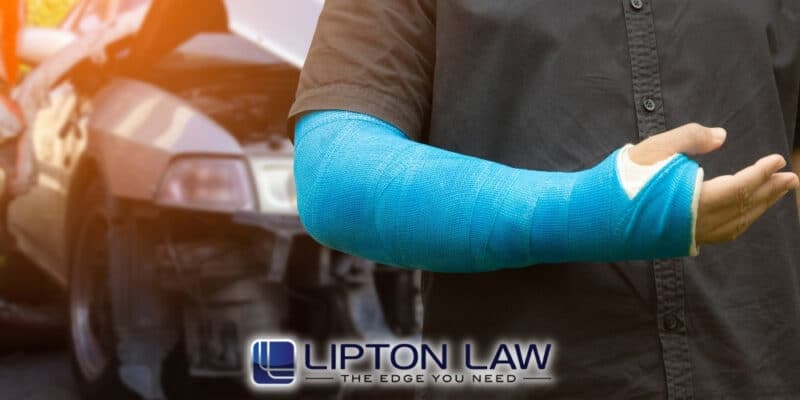
In a rear-ended collision, certain injuries are far more common than others. Below, we list some of the most common injuries sustained in rear-end collision cases.
- Traumatic brain injury (TBI)
- Whiplash injury
- Spinal injuries
- Broken bones
- Neck injuries
- Internal injuries
- Soft tissue injuries
- Chronic pain
- Other brain injuries
- Internal bleeding
- Herniated spinal discs
- Airbag injuries
- Seat belt injuries
Establishing Fault for Rear-End Collisions
When one vehicle rear-ends another, the rear driver is generally at fault for the accident. However, this is not always the case. Because of the established rules of the road, all drivers are expected to follow other vehicles at a safe distance. This gives them enough time to stop in the event that the front driver must suddenly hit the brakes. When rear drivers fail to follow at a safe distance or speed behind another vehicle, they are usually held liable.
But what if both drivers share part of the blame? According to Michigan’s modified comparative negligence rule, someone’s damages are reduced if they are found partially to blame. Additionally, if someone is more than 50% to blame for an accident, they are barred from receiving compensation for the accident.
Is Fault Automatic in Rear-End Accidents?
No. In most cases, the rear driver is at fault. However, there are several exceptions to this that also hold the rear-ended vehicle accountable for damages. We list these exceptions below.
- The front driver suddenly puts their vehicle in reverse.
- The car in front is having mechanical issues and fails to pull to the side of the road.
- For some reason, the front car brake checks the trailing car and slams on their brakes.
- If the lead car’s brake lights are out, the rear driver might not have enough time to react once they realize that the front car is braking.
How to Avoid Rear-End Accidents
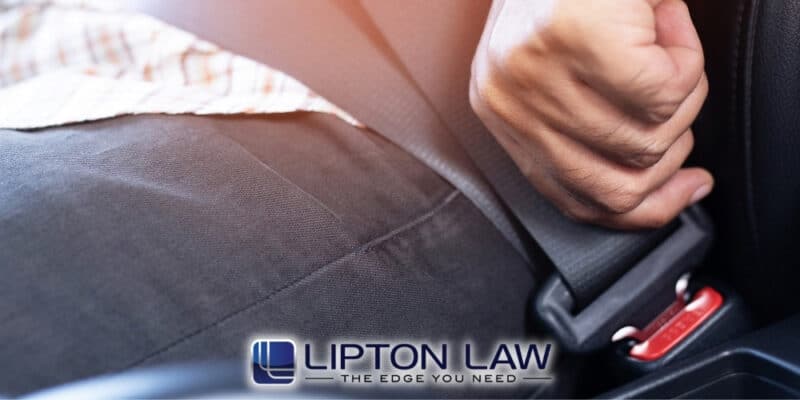
In this section, we list a few simple tips that can help you decrease your chances of getting into a rear-end collision. It’s important to stay safe out on the road and do everything you can to prevent motor vehicle accidents from happening. The following are our recommendations for reducing your chances of being involved in a serious accident.
- Follow other cars at a safe distance.
- Don’t give in to distractions.
- Abide by the speed limit.
- Pay attention to your surroundings.
- Drive appropriately for the weather conditions.
- Be courteous and consistent while driving.
- Regularly check your side mirrors and your rearview mirror.
- Always use turn signals.
Compensation After a Rear End Collision
After a car accident, you likely have extensive medical expenses, lost wages, and repair costs piling up. By working with experienced personal injury attorneys, we can help you calculate the losses you suffered from the accident. We will always fight for full and fair compensation on behalf of injury victims. Below, we outline the types of compensation you might receive in a rear-end collision settlement.
Economic Damages
Economic damages are those which can be easily quantified. Examples include the following.
- Current and future expenses for medical treatment
- Current and future lost wages
- Property damage
- Loss of earning capacity
- Repair or replacement costs
Non-Economic Damages
Non-economic damages are those which are subjective, non-monetary, and difficult to quantify. Examples include the following.
- Pain and suffering
- Mental anguish
- Emotional anguish
- Loss of consortium
- Loss of enjoyment of life
What Is the Average Rear-Ended Collision Settlement?
Rather than looking at the average settlement amount you might receive from the other driver’s insurance company, it is more helpful to understand what goes into calculating the value of your case. Each individual case is different and requires careful consideration before one can estimate its value. Below, we list some of the considerations we take into account when valuing your case.
- Type and severity of your injuries
- How much property damage you suffered
- Whether or not your injuries will allow you to work
- The insurance policy limits of both you and the other driver
- How much you were at fault for the accident
What Should You Do After Getting Rear-Ended?
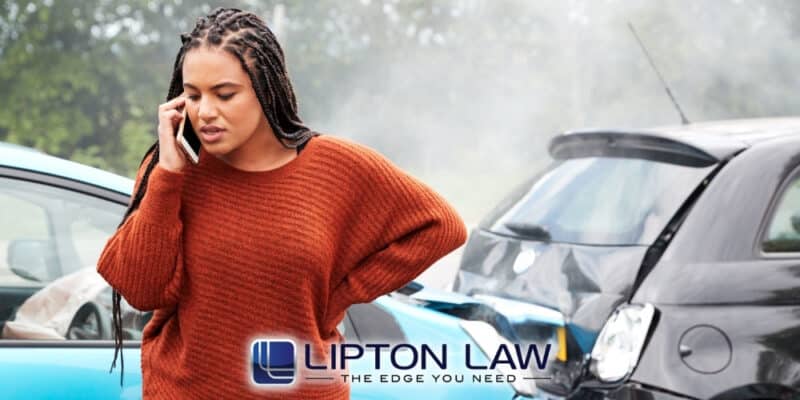
Immediately after an accident, there are a few steps you can take to increase your chances of a positive outcome in your case. Take the following steps to ensure that you make the most of the situation.
- Stop your vehicle, turn on your hazard lights, and move out of the road if possible. Never leave the accident scene until you have exchanged insurance company information with the other driver involved.
- Check yourself and your passengers for injuries. If someone needs immediate medical attention, call for help and make sure they get it.
- While speaking with the other driver, refrain from admitting fault on your end. Saying “sorry” or even insinuating that you were to blame is a bad move. The best course of action is to make sure everyone is safe and then exchange information.
- Have a police report filed and obtain a copy of it. Getting an official police report can greatly help during settlement negotiations.
- Take photos and videos of your car and the other driver’s car. The more detailed your pictures and videos, the better. Memories are far less accurate than photos, even if you’re confident in your own memory.
- Exchange contact and insurance information with others involved in the crash, as well as all available witnesses. Of course, you’ll only need the contact information of witnesses, not their insurance information.
- As soon as possible, go to the doctor. Even if you feel fine right now, whiplash injuries and neck pain can arise at a later time.
- Find personal injury lawyers to represent you. Having a lawyer will protect you from saying or doing anything that could jeopardize your case.
Do I Need a Rear-Ended Collision Attorney?
Although it might seem like rear-end collision cases are simple, they are far from it. Working with an experienced personal injury law firm is imperative to ensure that you take all necessary steps to protect yourself and your case. Any car accident has the potential for serious complications and setbacks, especially if you have to deal with bad faith insurance tactics. An attorney will fight to protect your best interests and negotiate for full and fair compensation on your behalf. That way, you can focus on recovery while we handle the complicated red tape.
Contact a Rear End Accident Lawyer Today
At Lipton Law, our top priority is to ensure that our clients receive only the best legal representation. We are highly passionate about the cases we handle, and we will always put your needs above all else. If you suffered serious injuries from a rear-end collision, our personal injury law firm is here for you. To schedule your free consultation with us, please call 248-557-1688 today.

